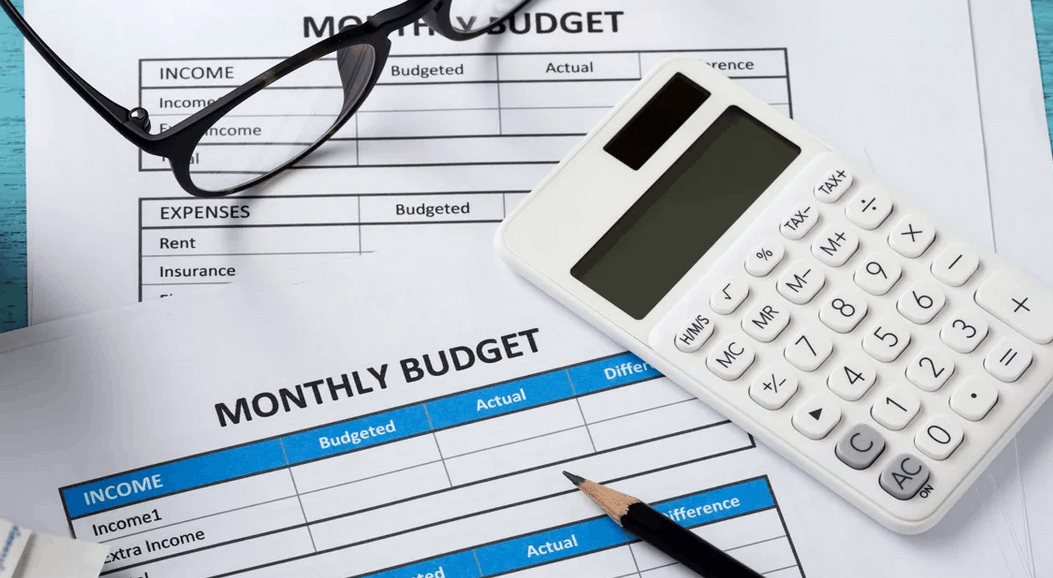Budgeting for Beginners
Starting a budget can feel overwhelming, but it’s simpler than you think. The first step is understanding your income and expenses. List all monthly earnings, then track every dollar spent for 30 days.
A popular method is the 50/30/20 rule: 50% of income covers needs (rent, groceries), 30% goes to wants (dining out, hobbies), and 20% is saved or used for debt. Adjust these ratios to fit your lifestyle.
Use apps or spreadsheets to categorize spending. Labels like "Food," "Transport," and "Entertainment" help spot trends. Don’t judge yourself—just observe. Awareness is the foundation of better habits.
Set realistic limits. If you currently spend 40% on dining out, cutting to 10% overnight isn’t sustainable. Gradually reduce categories by 5–10% each month instead.
Expect surprises—car repairs, medical bills, or gifts happen. Build a small buffer into your budget for these. Over time, aim for an emergency fund covering 3–6 months of expenses.
Review and adjust weekly. Budgets aren’t set in stone; they evolve as your life changes. Celebrate progress, even if it’s minor—consistency matters more than perfection.
Budgeting isn’t about deprivation; it’s about control. The sooner you start, the sooner you’ll feel confident with your money.
